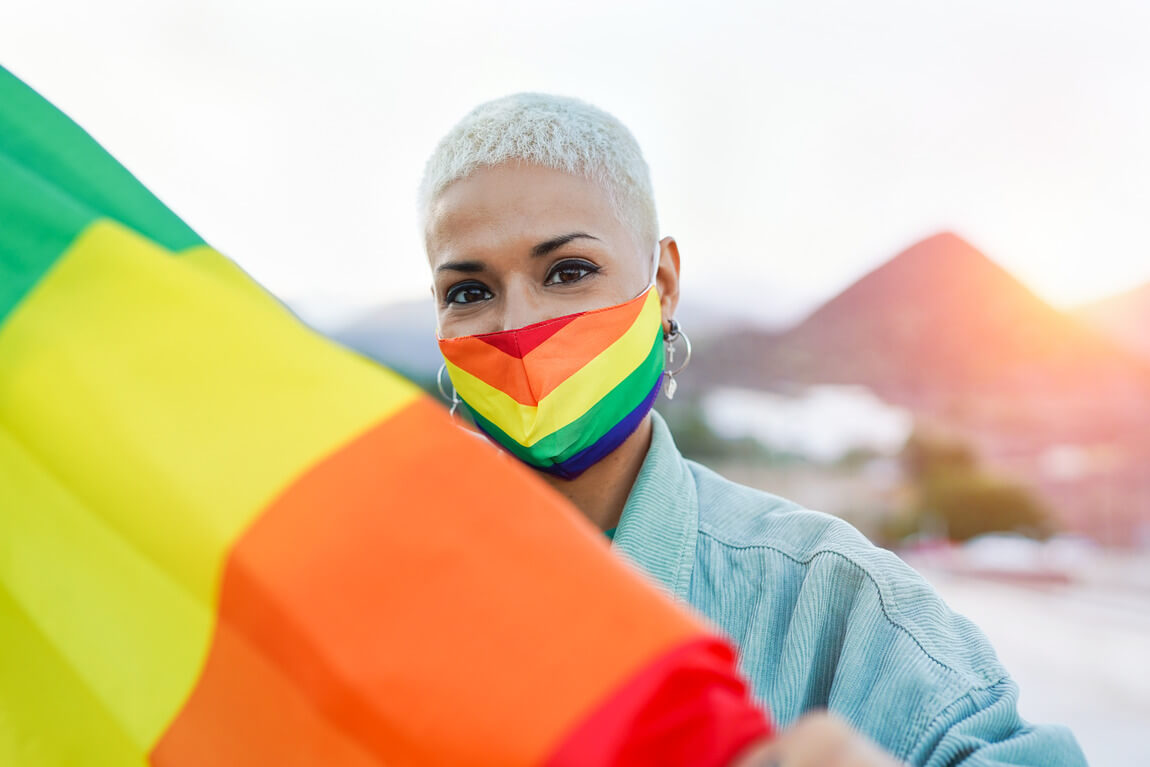Transgender people face unique and complex legal issues that can be difficult to navigate. Common legal issues for transgender people include employment discrimination, lack of legal recognition of identity, difficulties with healthcare access, and rights surrounding gender expression.
- Employment Discrimination
Transgender people often experience discrimination in the workplace. This can range from workplace harassment to not being hired or promoted due to their gender identity or expression. In some places, there are legal protections against this kind of discrimination, while in other places, it is still legal.
- Discrimination In Access to Healthcare
Transgender individuals face discrimination in accessing healthcare as they often encounter obstacles in receiving care due to ignorance, prejudice, and lack of knowledge of their medical needs. In many cases, transgender people are denied coverage for gender-affirming care, or they may be denied access to providers or facilities that have a history of discrimination against transgender individuals. When searching for health care especially in the recovery space, make sure to find an all inclusive option such s this sober living in Los Angeles. Transgender individuals may also experience difficulty obtaining necessary medications due to confusion or a lack of understanding of the medical needs of transgender people.
- Access To Gender-Affirming Surgeries
This can be an expensive procedure that is not always covered by health insurance. Transgender individuals may face discrimination when it comes to obtaining coverage for these surgeries as some insurance companies refuse to cover them. As a result, many transgender individuals are left to find alternative ways to pay for these surgeries.
This can be a difficult and expensive process, leaving transgender individuals without access to the care they need. Many states have laws that restrict or deny access to gender-affirming surgeries for transgender individuals. This further limit access to the care they need and can cause serious harm to their mental and physical well-being.
- Legal Recognition of Gender Marker Changes
This refers to the legal process of changing the gender marker on an individual’s legal documents, such as a birth certificate, driver’s license, and passport. Typically, transgender individuals must go through a court-based process for gender marker changes, and the exact requirements vary from state to state.
In some states, gender marker changes require a doctor’s letter or statement from a mental health professional attesting to the transition. The complexity of the process and lack of uniformity across states can make it difficult and costly for individuals to update their legal documents.
- Access To Gender-Affirming Public Services
For many transgender people, being able to safely access these services is vital for their health and well-being. Unfortunately, the legal landscape around access to gender-affirming public services is complex and ever-changing.
Some states have laws that protect transgender people and grant them access to services based on their gender identity, while other states have anti-trans laws that prohibit access. This lack of legal protection can create an unsafe and hostile environment for transgender people and can also create issues when they need to access important services and resources.
- Family Law Issues
This can include issues such as changing one’s the legal name and gender marker on identification documents, as well as petitions to terminate parental rights or adopt a child. Many states do not have laws that explicitly allow for name and gender changes or the …


